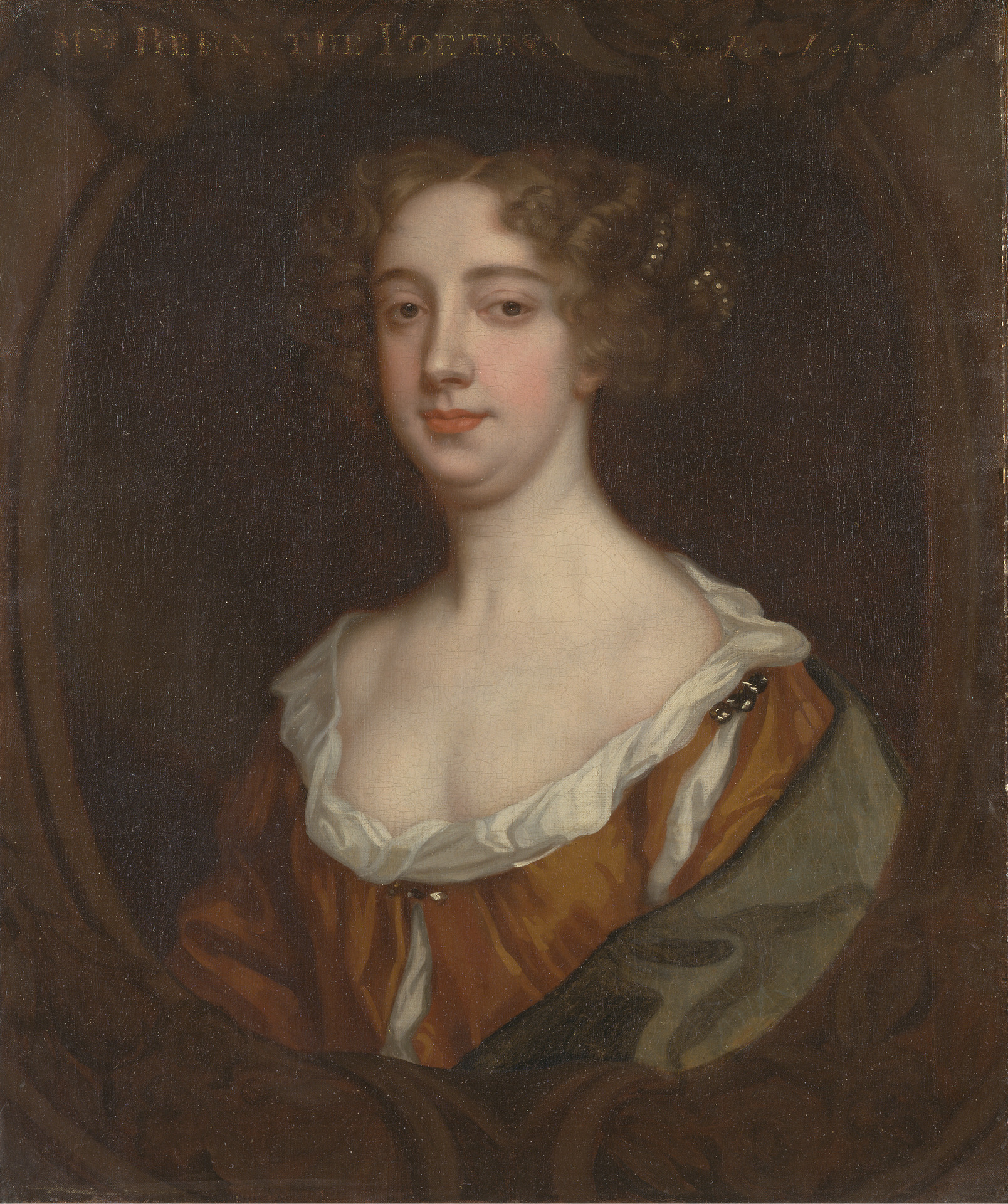Sharr White, age 45, has been writing plays since the 1990s. They've been presented around the country, including at South Coast Repertory, Actors Theatre of Louisville, Oregon Shakespeare Festival, Lincoln Center Theatre's Directors Lab and Key West Theatre Festival. Born in Frederick, Maryland, Mr. White moved to Southern California when he was young. The family moved to Boulder, Colorado for his junior high and high school years. And after high school he moved back to Southern California, took some time off, and worked in a warehouse for a few years. Mr. White eventually went back to school where he planned to major in biology since his father in in the sciences. He also took some acting classes and decided to switch to theatre. Mr. White then moved to San Francisco to go to the A.C.T. [American Conservatory Theatre] program. He didn't get accepted into the program and ended up at San Francisco State for a little bit and then jumped over to A.C.T. and finished the acting program there. He started writing at A.C.T., though they didn't have any writing classes.
Mr. White graduated with an M.F.A. in 1993 and was hooked on writing, so he moved to New York. He gave up on acting to solely focus on writing. Mr. White says "From there it was a long process for me, because I didn't go to grad school for writing, I didn't go to any writing programs, I wasn't formally trained at all. I felt like when I reached a point in beginning to develop I didn't have anyone to turn to, which was pretty isolating. My time in New York has been about writing, writing, writing. I did some self-producing in the '90s. The big break was with Humana Festival in 2006. I was able to start surfacing to people, and I got a couple of commissions. It's been a long process to get [to Broadway]."
Sunlight had its World Premiere at the Marin Theatre Company in 2010. Sunlight was followed by Annapurna, which debuted at the Magic Theatre in San Francisco and then moved to Los Angeles where it featured Megan Mullally and her husband Nick Offerman. It then moved Off-Broadway with Mullally and Offerman. Mr. White made his Broadway debut in 2012 with his play The Other Place, which happened to close the Dragon Theatre season in 2014. The Other Place was directed by Joe Mantello and featured Laurie Metcalf and Daniel Stern. The Other Place received two Outer Critics Circle Award nominations, for Outstanding New Off-Broadway Play and Outstanding Actress In A Play (Laurie Metcalf). Laurie Metcalf also won an Obie Award, Performance and was nominated for the 2013 Tony Award, Best Performance by an Actress in a Leading Role in a Play.
With this success under his belt, Mr. White then had his play The Snow Geese open Off-Broadway in 2013 with actress Mary-Louise Parker in a lead role. Mr, White, who is an advertising copywriter by day, lives in New York City and is currently writing Stupid Kid, a newly commissioned work for the Steppenwolf Theatre in Chicago.
When Sunlight premiered at the Marin Theatre Company, the Examiner ran the following interview with Mr. White:
Usually when playwright Sharr White, starts writing, he begins with a character. For his latest play, White wanted to write about Richard Nixon.
“My wife said, ‘You can’t do that,’” White said. “But I was really in love with the idea of a character who abused power.”
White’s political thriller Sunlight, which opens at the Marin Theatre Company on Jan. 26, is about a liberal university president, his daughter and her conservative husband, and their debates over torture memos.
In the play, White doesn’t mention John Yoo, the Berkeley law school professor, who wrote the so-called torture memos that offered legal justification for interrogation techniques such as water boarding, but White says a character in Sunlight was inspired by him and White read many of Yoo’s statements on the memos.
“I really started writing in 2006,” White said. “Abuse of power was such an undercurrent of our national discussion, and it seemed important to explore. It was a discussion about who we are as a nation and a culture and what we’ve stood for and stood against. It was a very profound shift happening with us and a lot of people seemed happy not to talk about it.”
White says the plays focuses on the characters in it, not on Issues.
“I don’t really think that this is a play about torture,” he said. “It’s about these four people who love each other very much and whose worlds have suddenly crumbled after 9/11. They have felt a personal loss after 9/11 of what they used to be, and they realize nothing will ever be the same again.”



















